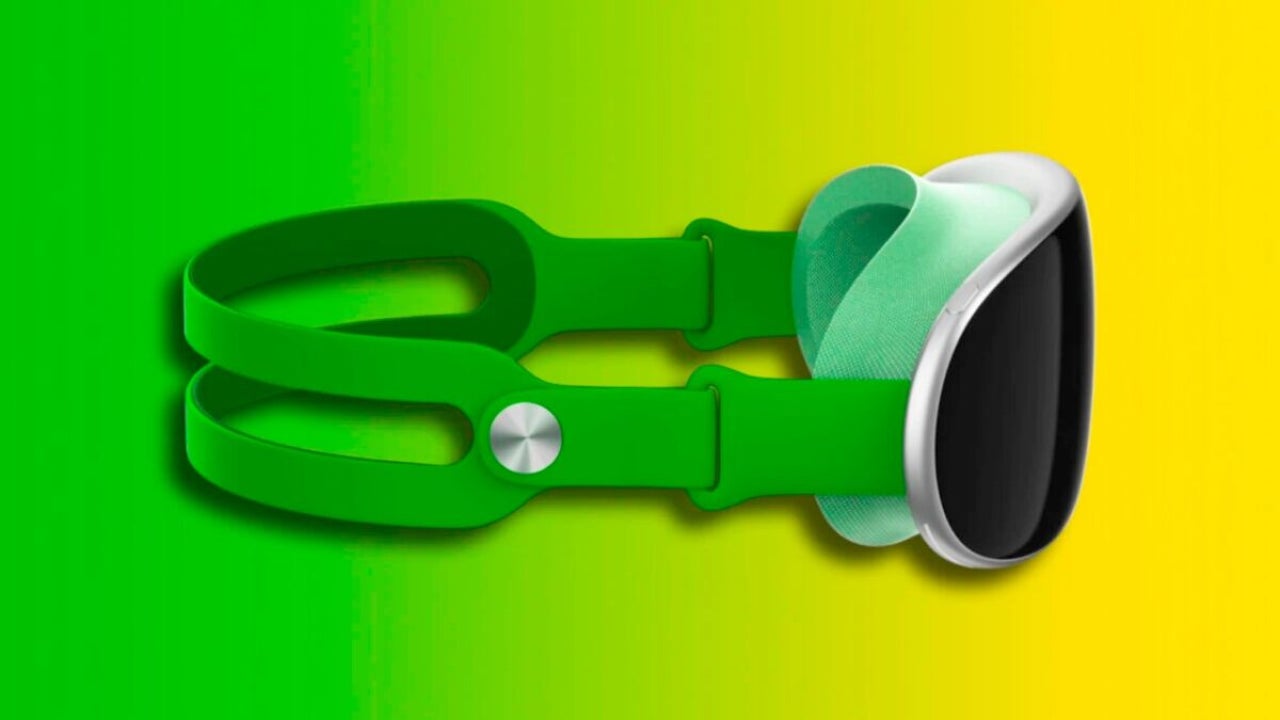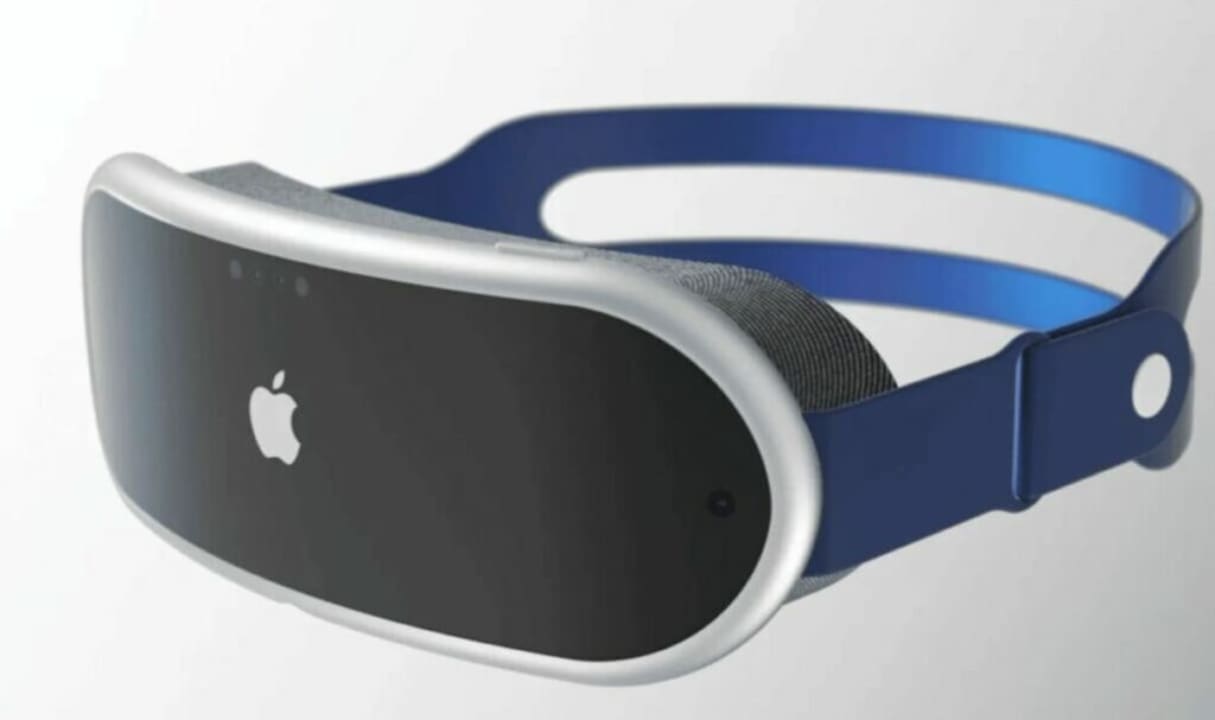News
Apple augmented reality headset with MagSafe: rumors hint at surprises
Lighter and more comfortable, but with an asterisk

- April 24, 2023
- Updated: March 7, 2024 at 3:43 PM
Apple’s upcoming AR/VR headset, which is expected to be launched at the Worldwide Developers Conference, WWDC 2023, will include a port quite similar to MagSafe. Something we didn’t know until now and that adds to the list of new features expected from the device. One that is rumored to feature two 4K displays, dozens of sensors and cameras for gesture and eye tracking, and a custom M2 chip from Apple.
Two-hour battery life and interchangeable batteries
The MagSafe port, which is used on the iPhone, allows a magnetic charger to be connected to the device. In the case of the augmented reality helmet, the MagSafe-style port will be used to connect an external battery pack. This was stated by Mark Gurman in the latest edition of his Power-On newsletter, where he comments that thanks to this external battery, we will be able to enjoy the case for about two hours, approximately.

While this may seem like a short battery life, it is not unusual for a device of this type. Recall that many rumors indicate that this will be a development-focused device. The first hardware so that the necessary software to go with it will be developed while Apple finalizes a second version that will be designed for the general public. Seen in this light, battery life should not be a major concern for developers, who are more interested in the device’s virtual and augmented reality capabilities.
If anything, the use of an external battery pack has an additional advantage: it allows the headset itself to be lighter and therefore more comfortable to wear. Virtual and augmented reality devices can be quite heavy and bulky, which can make them difficult to use for extended periods of time. By allowing the battery pack to be connected externally, with a cable responsible for power, Apple can reduce the weight of the headset and make it more comfortable for sustained use.
While this design approach has its advantages, it also has some drawbacks. For one, it means that, at least in this version, multiple batteries, and their respective cables, will be required. According to Gurman, the cable and battery is a single unit, it cannot be separated, so it will be in the case itself where we will find the magnetic connection. Magnetic to guide us, very MagSafe style, but also with a rotational locking system, which will prevent it from disconnecting when giving any unintentional tug to the cable.
Ultimately, the success of Apple’s extended reality headset will depend on the quality of the apps and user experiences that are created for it. If developers can create engaging experiences that take full advantage of the device’s capabilities, we will most likely see greater adoption of virtual and augmented reality in the near future.
This is exactly why Apple wants to launch this headset now. To allow developers to create their magic. In the meantime, the MagSafe type port on the headset is a rather interesting and useful feature that allows the connection of an external battery pack safely and reliably. We do not know if the battery life of the following versions, will go beyond the two hours Gurman comments, although in any case, being able to have a new power pack and connect it without even taking the helmet off our head, practically, is quite interesting. As always, let’s remember that we are talking about rumors, but it is clear that Apple is focusing its attention on comfort, which is a good sign for the future of virtual and augmented reality.
Some of the links added in the article are part of affiliate campaigns and may represent benefits for Softonic.
Architect | Founder of hanaringo.com | Apple Technologies Trainer | Writer at Softonic and iDoo_tech, formerly at Applesfera
Latest from David Bernal Raspall
You may also like

Graphic Design Trends 2025: Retro Pixel Art and How to Create It with the Help of Adobe
Read more

Yes, we can measure a person just by taking a photo of them
Read more

Final Fantasy VII Rebirth has performed well, but now at Square they only trust in multiplatforms
Read more

Originally, Kingdom Hearts was so difficult that at Square they compared it to a Takeshi Kitano game
Read more

You didn't know it, but the world of chess just suffered because of some cowboys
Read more

WhatsApp collaborates with Google so you can find out the origin of any image sent to you
Read more